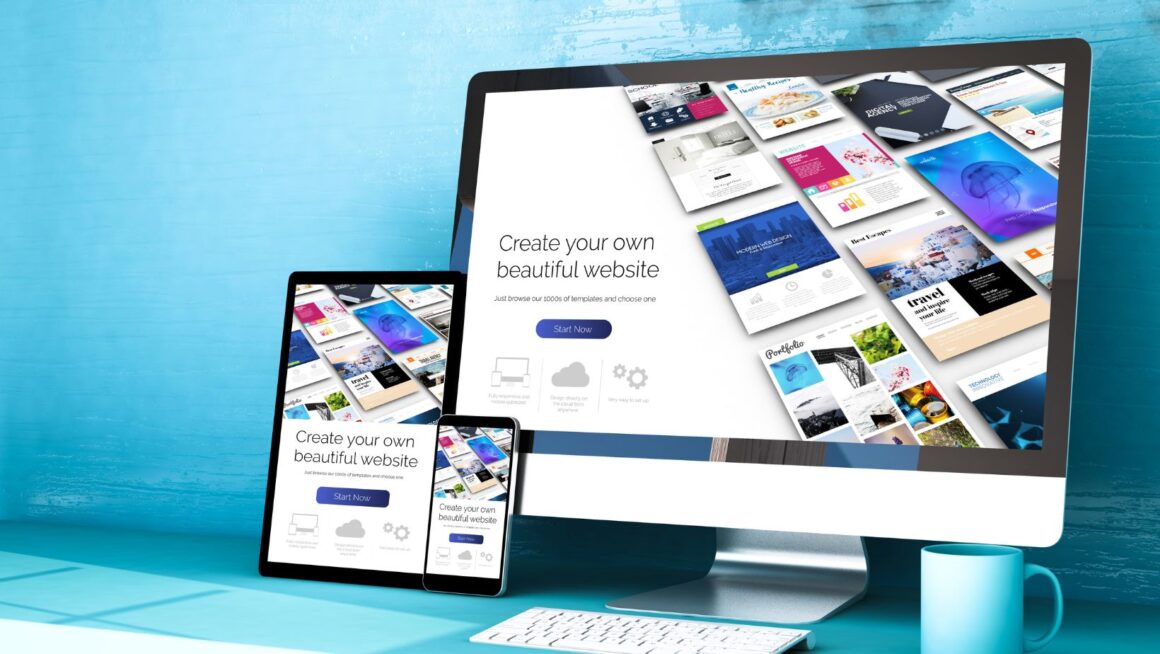The evolution of user experience (UX) in web design over the past twenty years is a testament to the internet’s dynamic nature. Initially characterised by static, user-unfriendly sites, web design has significantly changed to become more user-centric. This transformation has made websites visually appealing, highly functional, and accessible.
Defining User Experience and Its Importance
UX encompasses all aspects of a user’s interaction with a website or application. It aims to provide meaningful and relevant experiences by improving usability, accessibility, and pleasure in interaction. According to Holdens Web Agency Manchester, good UX design is crucial because it directly impacts user satisfaction, engagement, and conversion rates, ultimately influencing the success of digital products.
Early UX: Basic Navigation and the Introduction of Usability
Websites were typically static and basic when the internet started. The primary focus was providing information rather than how users interacted with it. Early web design did not prioritize user experience, leading to sites with poor navigation, minimal interactivity, and a lack of usability.
The late 1990s and early 2000s saw the introduction of basic UX principles. Designers began to understand the importance of usability, which led to more structured navigation systems. Jakob Nielsen’s usability heuristics, introduced in the 1990s, became foundational, emphasizing simplicity, consistency, and user control. These principles laid the groundwork for more user-friendly web design.
The 2010s: The Rise of User-Centred Design and the Focus on Accessibility
The 2010s were a turning point in web design, marked by a significant shift towards user-centered design (UCD). This transformative process placed the user at the heart of the design process, underscoring the importance of understanding user needs, behaviors, and pain points through research and testing. UCD principles ensured that websites were designed with the end-user in mind, leading to more intuitive and satisfying experiences.

Accessibility also became a focal point during this time. The web became a more inclusive space, with designers and developers striving to make sites accessible to all users, including those with disabilities. Guidelines such as the Web Content Accessibility Guidelines (WCAG) were developed to provide standards for creating accessible web content. This shift improved the user experience for a broader audience and helped websites comply with legal requirements.
The Mobile Revolution: Responsive Design and Mobile-First Approaches
The late 2000s and early 2010s witnessed a seismic shift in UX design with the widespread adoption of smartphones and mobile internet access, heralding the mobile revolution. This shift had a profound impact on UX design, leading to the development of responsive design techniques that ensure websites function well on various devices and screen sizes.
Responsive design became essential as mobile traffic grew, requiring websites to adapt seamlessly to different devices. The mobile-first approach became a standard practice, where designers prioritize the mobile experience and then scale up for larger screens. This approach ensured that websites were optimized for the smaller screens of mobile devices, providing a better user experience for on-the-go users.
Modern UX: Personalization, AI, and the Future of User Experience
Today, UX design continues to evolve with advancements in technology. Personalization has become a key trend, where websites tailor content and experiences to individual users based on their preferences, behavior, and data. This level of customization enhances user engagement and satisfaction by making interactions more relevant and meaningful.

Artificial intelligence (AI) and machine learning are not just buzzwords, but they are also shaping the future of UX design. These technologies enable more sophisticated user interactions, such as chatbots for customer support, predictive search, and personalized content recommendations. AI-driven design tools are not just helping, but they are revolutionizing how designers create more intuitive and efficient user interfaces.
The Continuous Evolution of UX and Its Impact on Web Design
The evolution of UX in web design over the past two decades has been profound, reflecting the ongoing efforts to enhance user satisfaction and engagement. From the rudimentary websites of the dial-up era to today’s highly interactive, personalized experiences, the journey underscores the importance of continuous evolution in UX design.
As we look to the future, the importance of user experience in web design will only continue to grow. Emerging technologies, evolving user expectations, and the continuous push for inclusivity and accessibility will drive further innovations. For businesses looking to stay ahead in this ever-changing landscape, partnering with a website agency can provide the expertise needed to create exceptional user experiences.

